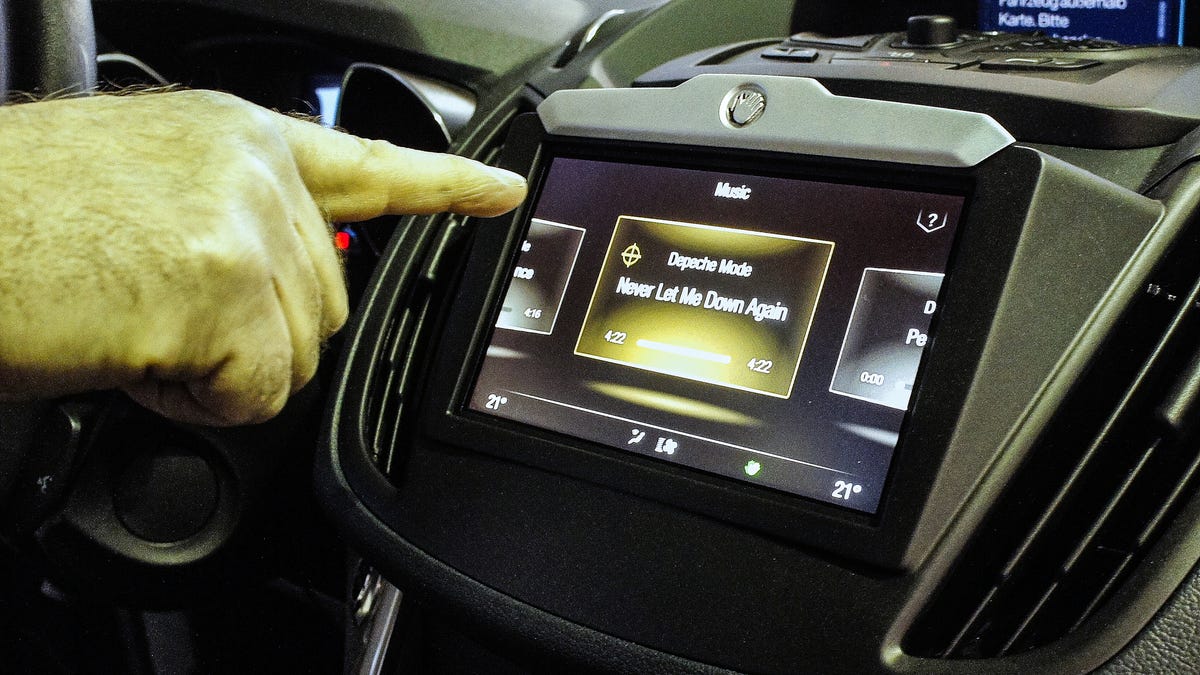Visteon shows a new sign language for your car's dashboard
At CES 2016, automotive electronics supplier Visteon showed a near production-ready gesture interface, with a set of discreet hand motions to control audio and phone systems in a car.
Sitting in a Ford C-Max at CES 2016, the screen on the dashboard shows me a set of hand motions, looking almost like a chart for learning American Sign Language. But these hand motions don't communicate with other people; rather, with the car.
This C-Max is at the Visteon tent, a supplier of electronics to automakers around the world. Visteon fitted this car with a sensor over the console, near the map lights, that can track movement and shapes in the space right in front of the dashboard. Visteon's Manager of Advanced Technology, Elie Abi Chaaya, sits in the driver seat and shows me how these hand movements control audio and phone functions and can even lower and raise the side windows.
Gesture control is a new, hot topic in the automotive space. BMW's new 7-Series sedan includes some limited gesture control capability. Gestures let you quickly control things like stereo volume without having to reach for a switch or button.
Visteon's screen shows available hand control gestures, like sign language for the car.
All this hand-waving has seemed a little airy to me, but one thing about the Visteon demonstration really brought it home. Chaaya pointed out that the screen on the dashboard didn't actually have touch capabilities. Instead, the overhead sensor could tell precisely where my finger pointed on the screen doing the job of a touchscreen without the hardware.
A touchless interface like that could let automakers put screens further away from passengers, allowing for more flexibility in design, and eliminate the problem of screens getting smudged by greasy fingers.
Pointing at the screen, I could choose individual functions as I would with a touchscreen. But I could also hold my hand further away and control things like the stereo volume and temperature.
The system worked very well, showing great response times. At CES, Visteon is showing it to automakers, so it isn't slated to be in a car anytime soon. But it is a potential means by which we may interact with our cars in the future.
Check out the rest of CNET's CES 2016 coverage here.


